AI needs to be water-based in order to become truly intelligent. AI will never be able to think as human beings do so long as its physical basis is silicon, argue pioneering systems biologist and Dawkins-critic Denis Noble, and Royal Society of Biology fellow, Raymond Noble. Real intelligence isn’t just fast computation—it’s fluid, flexible and fuelled by randomness. That’s why all living organisms are water-based. Water is a virtually unlimited source of the random motion which drives creativity, consciousness and thought. Unless AI can be built out of water, it will stay merely clever, rather than a truly creative form of intelligence.
Could AI ever replace humans? Not so long as the physical basis of AI is solid-state silicon chips. Only liquid-based computation, preferably with water as the solvent, could enable AI to achieve human-like intelligence. This, of course, would require the solving of a major technical challenge in computation.
___
Organisms cannot be represented by purely deterministic algorithms.
___
Like all living organisms, we are mostly made of water. Water is important since it is a virtually unlimited source of stochasticity—random motion—first discovered by the botanist, Robert Brown in 1827. He ground up pollen particles into fine dust, sprinkled the dust particles onto the surface of water under a microscope and observed what we now call Brownian motion. The particles moved around endlessly, in unrepeatable chance directions. In 1905, Einstein explained this continuous random motion as the consequence of water molecules buffeting the dust particles. In living cells, all molecular particles, whether nucleotides, proteins, metabolites, hormones, or transmitters, are subject to the same stochastic bombardment. Random DNA breakage, changes in protein folding, synaptic noise, and much else are the results, thus creating unlimited stochasticity at all levels of biological organization.
Furthermore, all interactions between the different levels of organization harness such stochasticity, whether at the molecular level, cell, tissue, organ and system levels, and—importantly—at the social level. This is the main reason why organisms cannot be represented by purely deterministic algorithms.
___
Silicon-based computation is unable to harness stochasticity to the same, essentially unlimited, degree.
___
This process of harnessing chance is found at all functional levels in organisms. The harnessing of chance is what enables the immune system, for example, to create unlimited variability in the shape of immunoglobulin molecules, and the nervous system to create unlimited behavioral options between which organisms can choose. This is, we suspect, how organisms can align their behavior with social constraints.
By contrast, silicon-based computation is unable to harness stochasticity to the same, essentially unlimited, degree. The atoms in a crystal substrate can vibrate but they do not show Brownian motion. Add as many random number routines as you may wish into the algorithms of an AI system, but it is hard to see how this alone can enable AI systems to have the same flexibility. In living organisms, the levels are smoothly meshed together in this harnessing process, in an essentially continuous form between all levels of organization. Organisms have no need to develop special random-number software to enable this to happen.












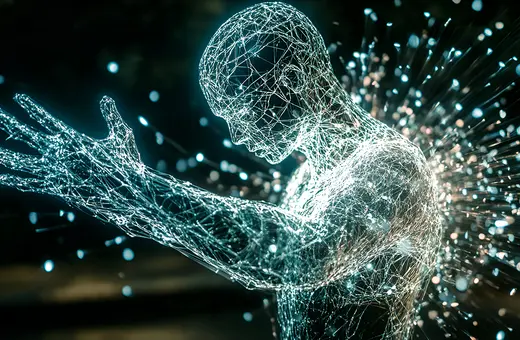

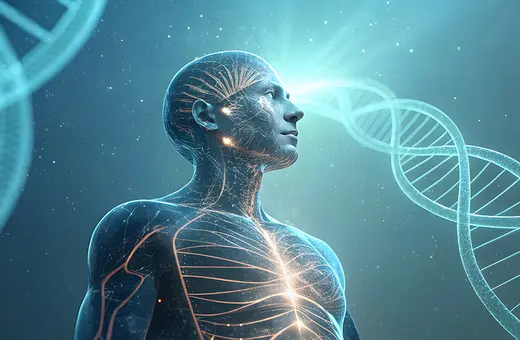
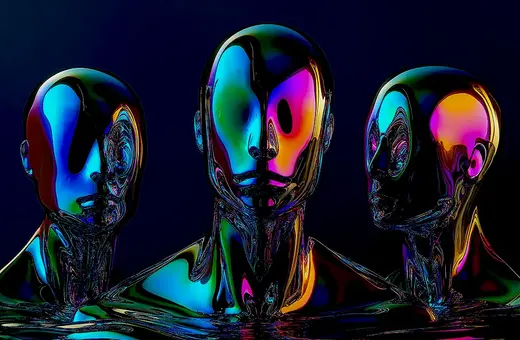

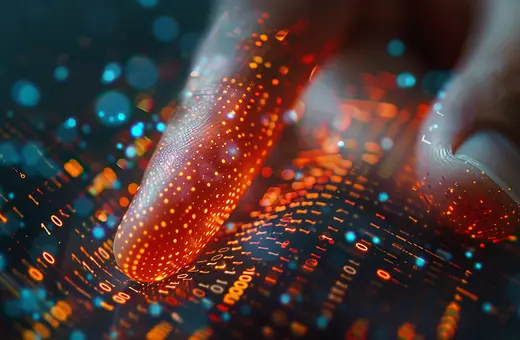

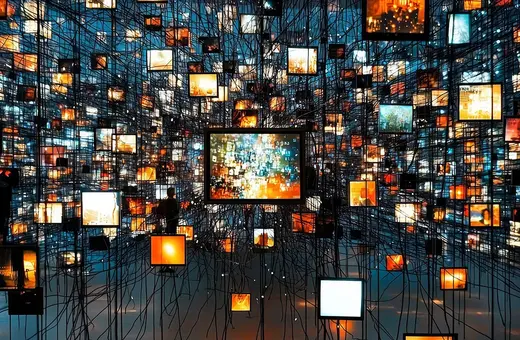


Join the conversation